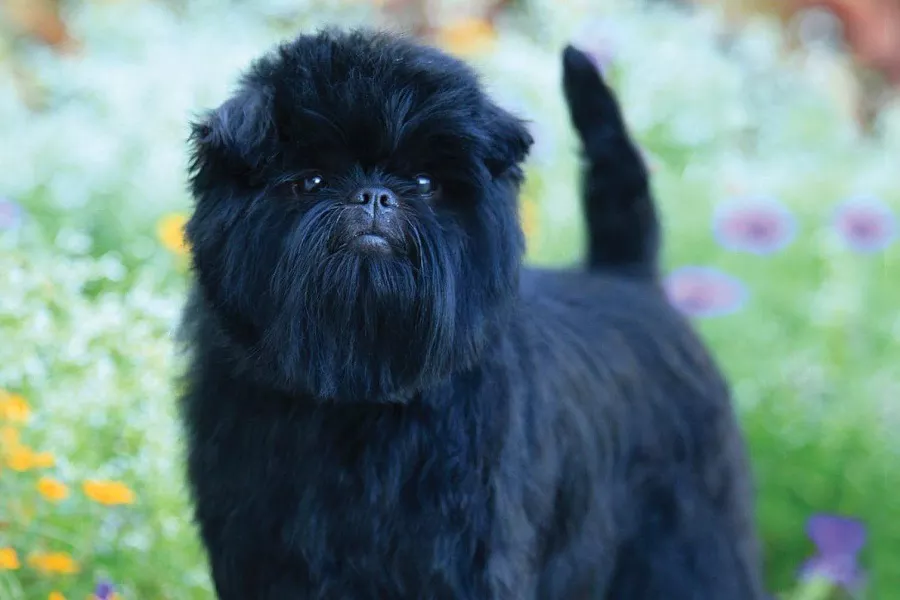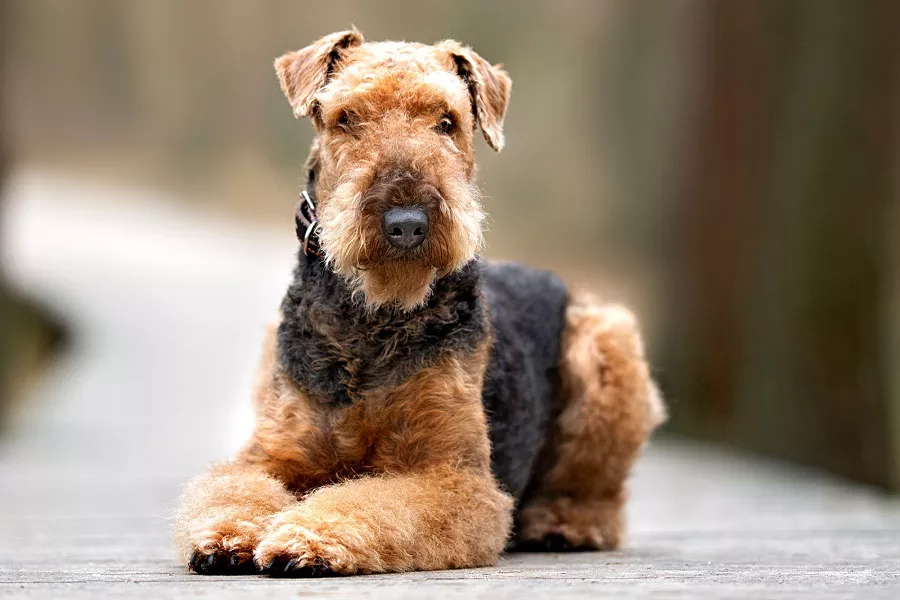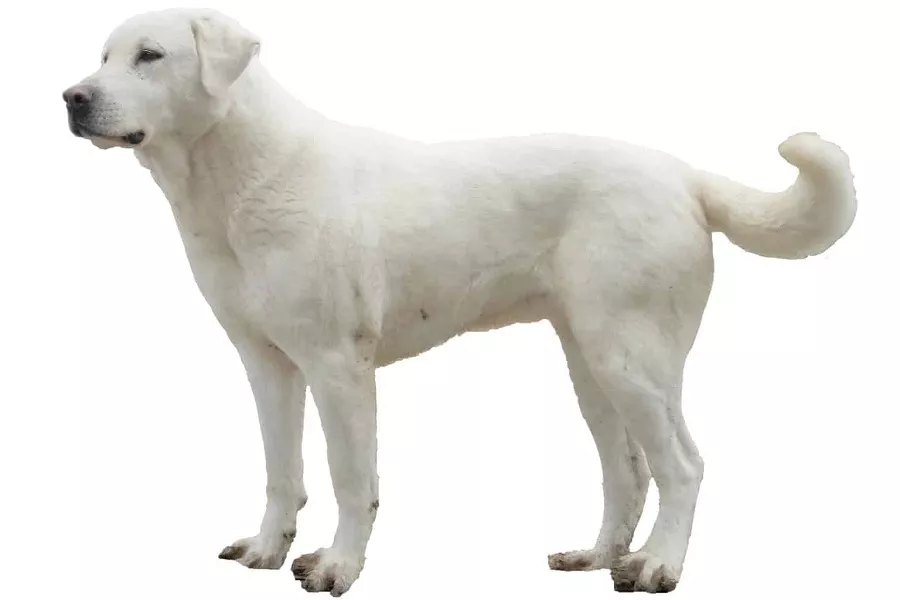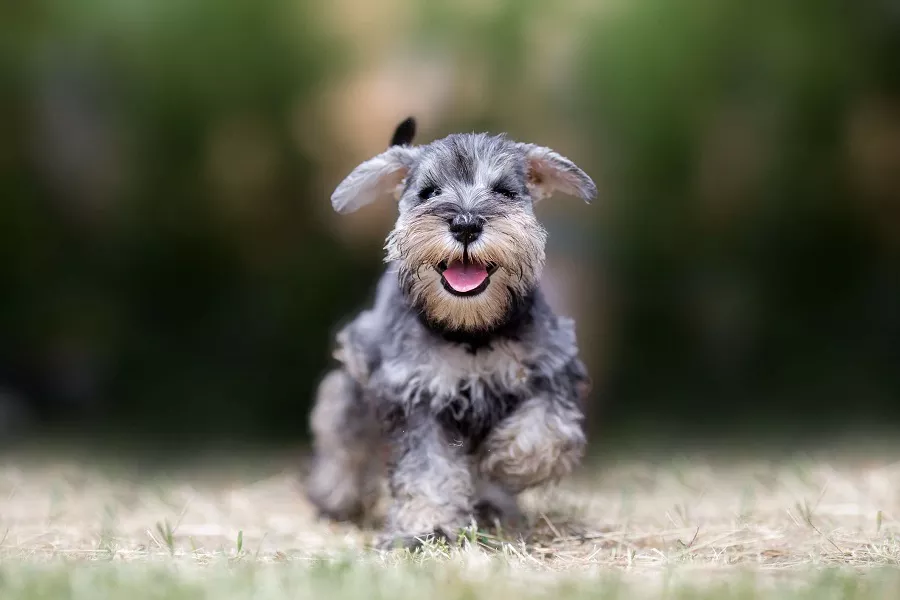What is an affenpinscher dog
The affenpinscher is a well-proportioned, terrier-like, bristled toy dog that is intelligent and personable, making an excellent indoor pet. This dog is of German origin, and its name “Affenpinscher” means “terrier like a monkey”, and this breed was bred to catch rodents (such as mice) in kitchens and barns. In France, the breed is described as “Diablotin Moustachu” or bearded little devil. Both descriptions refer to the appearance and temperament of this attractive breed. The overall features of the affenpinscher are far more important than any single feature, and its overall appearance should be neat with a lot of coarse hair.
What does an affenpinscher look like
The bones are tight and strong, with medium bone mass without any overly slender bones. Shoulder height is about 9 1/2 inches to 11 1/2 inches, roughly equal to the length of the body (from the shoulders to the base of the tail), generally square in proportion, and may be slightly longer in females.
- head
The head is well proportioned to the body, with a confident facial expression resembling that of a monkey. The eyes are round, dark, bright, set in the middle of the head but not bulging, with black orbits. The ears are located above the skull, high and erect; natural ear shapes such as erect, semi erect, button ears are acceptable as long as the monkey-like expression is maintained. The skull is round and arched, but not rough. The muzzle is short and gradually narrows in width towards the tip of the nose. The length of the muzzle is approximately the distance between the eyes. The nose is black and not turned up or down. The lips are black with a slightly protruding lower lip. The teeth are in a slightly overhanging bite. A spade bite is acceptable as long as it does not interfere with the monkey-like expression. Maxillary prominence is strictly prohibited. A crooked mouth is a serious defect, and the teeth and tongue should be invisible when the mouth is closed. The lower jaw is broad enough to line all the lower teeth.
- neck, topline, torso
The neck is short and straight. The topline is straight and flat. BODY – The chest is of medium breadth and depth, with moderately prominent ribs and a slightly drawn back belly. The back is short and flat, and the loin is strong and powerful. The chest and abdomen can be seen to form a streamline. The tail can be docked or unbroken, the length of the docked tail is 1-2 inches, the tail is high at the base and the tail is upturned. The tail that does not end is high and rolled up, gently resting on the back. The type of tail is not very important.
- forelimb
The forelegs are well angled, the shoulders are moderately set back, and the shoulder blades are roughly the same length as the upper arm. The elbows are close to the body. The forelegs are straight from any angle. Midhand bone short and straight. The dewclaws are generally removed, and the pads and nails are black and compact.
- hind legs
The angle of the hind limbs is moderately matched with that of the front limbs. When viewed from the rear, the hips are straight and the legs are straight. When viewed from the back, the rear skeleton is at a right angle of 90 degrees to the body. The back elbow is angled.
- coat
The body and sides are covered with a 1-inch long, dense, sturdy hair. The fur on the butt and tail may be slightly shorter. The hair on the head, neck, chest, abdomen and legs is slightly longer, with a few coarse hairs. Adult affins have manes or cloak-like bristles on the shoulder area. The top of the head, the position of the eyebrows, and the position around the whiskers form a monkey-like face. The hair on the ears is cut very short, and the correct coat requires a little grooming to maintain a neat, thick and thick look with varying lengths of coat on different parts of the body.
- size, proportion and structure
Robust, strong, small but not emaciated; height ranges from 22.9 to 26.0 cm, with 26.0 cm ideal. Equal in height and length, with a square body; bitches are slightly longer.
Affenpinscher living habits
The usual disposition is playful, vigilant, inquisitive but with great devotion to his master and friends. This breed is generally quiet, but can become very aggressive when threatened and aggressive, and is very daring and not afraid of attackers.
Affenpinscher colors
Black, grey, silver, red, black mixed with tan or variegated are acceptable. Black may be mixed with rust or a small amount of white, silver hair. Reds may range from reddish-brown to orange-red, variegated colors include black, brown, or mixed with some white and red, may be decorated with a little stain, and some dogs may have black “masks”. A small amount of leukoplakia on the chest is allowed, but a large area of leukoplakia is disqualified. Color is not a primary consideration in the competition.
What is the lifespan of an affenpinscher
The Affenpinscher, which has an average lifespan of 12 to 14 years, has a tendency to suffer from minor diseases like patellar luxation and corneal ulcers. Respiratory difficulties, patent ductus arteriosus (PDA), and open fontanel are sometimes seen in this breed as well. To identify some of these issues, a veterinarian may run knee and cardiac tests on the dog.
Affenpinscher rearing
We should pay attention to feeding the monkey face dog and a lot of water, prepare appropriate cold water for the dog to drink at any time, and change the water frequently. And the food we feed should be appropriately changed gradually, so as to avoid the dog’s food being too single. And there must be regular feeding. The happiest thing for dogs every day is to eat the food they want at a fixed time and place. This will be good for your dog’s health.
The time to eat every day should be more accurate, there should be no last meal and no next meal, and the fixed time can also allow the dog to develop a good habit and know when it is time to eat. Generally, it is best to feed it once in the morning and evening. The amount of feeding must be accurate. The content of the bookstore can be changed and fed to the dog, which can make the dog feel fresh and not be interested in eating. However, the daily amount cannot be one more and one less, and once full and once hungry, the dog’s stomach is not good, and it is harmful to health.
Reminder: For more knowledge about dog feeding, dog training, dog grooming, dog breeding, please pay attention to: mtedr.com, providing you with different kinds of dogs.


























